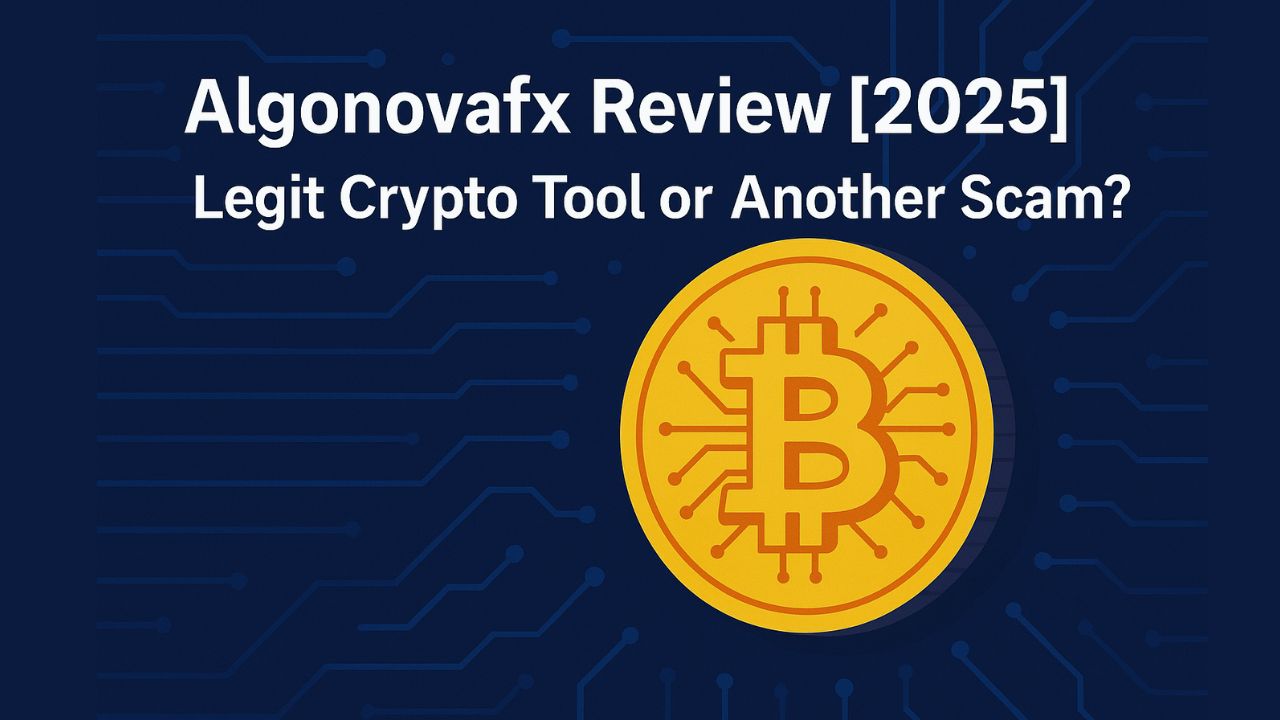
Cryptocurrency is no longer just a speculative asset for tech enthusiasts; it’s reshaping how businesses operate. Retailers, from small boutiques to global chains, are increasingly exploring crypto as a payment option. This article dives into the current state of crypto adoption among retailers, the challenges they face, and what the future holds for this transformative technology.
The Current State of Crypto Adoption
As of 2025, cryptocurrency adoption among retailers has gained significant traction, though it remains a niche payment method. Major brands like Starbucks, Overstock, and AT&T have integrated crypto payments, accepting Bitcoin, Ethereum, and stablecoins like USDC through partnerships with platforms like BitPay and Coinbase Commerce. Smaller retailers, particularly in tech-savvy regions like North America and Europe, are also jumping on board, driven by customer demand and the allure of lower transaction fees compared to traditional credit card systems.
Data from a 2024 Statista report indicates that around 15% of global online retailers now accept some form of cryptocurrency, up from just 5% in 2020. The rise is fueled by consumer interest, with 40% of U.S. adults owning crypto, according to a Pew Research survey. Retailers catering to younger demographics, like Gen Z and Millennials, are particularly inclined to adopt crypto, as these groups are more likely to hold and spend digital currencies.
However, adoption varies by industry. E-commerce platforms lead the charge, benefiting from seamless integration with crypto wallets. Physical retail lags, with only 8% of brick-and-mortar stores accepting crypto, primarily due to point-of-sale system limitations and regulatory uncertainty. Luxury goods, gaming, and tech sectors show the highest adoption rates, while traditional sectors like grocery and hospitality remain cautious.

Challenges to Widespread Adoption
Despite the progress, retailers face significant hurdles. Volatility is a major concern; Bitcoin’s price swings can erode profit margins if not hedged properly. Many retailers mitigate this by instantly converting crypto payments to fiat through payment processors, but this adds complexity. Regulatory uncertainty also looms large. Governments worldwide are still defining tax and compliance rules for crypto transactions, creating a patchwork of regulations that complicates cross-border sales.
Consumer education is another barrier. Many shoppers remain unfamiliar with crypto wallets or distrust their security. Retailers must invest in user-friendly interfaces and robust security measures to build trust. Additionally, transaction speeds on some blockchains, like Bitcoin, can be slower than traditional payments, frustrating customers in fast-paced retail environments. Scalability solutions like the Lightning Network are helping, but adoption of these technologies is still in its infancy.
The Future of Crypto in Retail
Looking ahead, the future of crypto adoption among retailers is promising but will depend on technological and regulatory advancements. Stablecoins, pegged to fiat currencies, are likely to dominate due to their price stability, making them ideal for everyday transactions. Companies like Circle (behind USDC) are already working with retailers to streamline stablecoin integration, potentially bypassing traditional banking systems.
Blockchain innovations, such as layer-2 solutions and faster networks like Solana, will address transaction speed and cost issues, making crypto payments as seamless as credit cards. Meanwhile, the rise of decentralized finance (DeFi) could enable retailers to offer loyalty programs or micro-financing directly through crypto ecosystems, enhancing customer engagement.
Regulatory clarity will be a game-changer. As governments establish consistent frameworks, retailers will gain confidence to adopt crypto without fear of legal repercussions. Countries like Singapore and Switzerland, with crypto-friendly policies, are already seeing higher adoption rates, setting a model for others.
Consumer behavior will also drive change. As younger, crypto-native generations become the primary spending demographic, retailers will feel pressure to adapt. By 2030, analysts predict that 30% of global retailers could accept crypto, particularly in e-commerce and tech-driven sectors.
Conclusion
Crypto adoption among retailers is at a tipping point. While challenges like volatility, regulation, and consumer education persist, the benefits—lower fees, global reach, and appeal to younger customers—are undeniable. As technology evolves and regulatory frameworks solidify, crypto could become a mainstream payment option, transforming retail for good. Retailers who embrace this shift early may gain a competitive edge in the digital economy.

